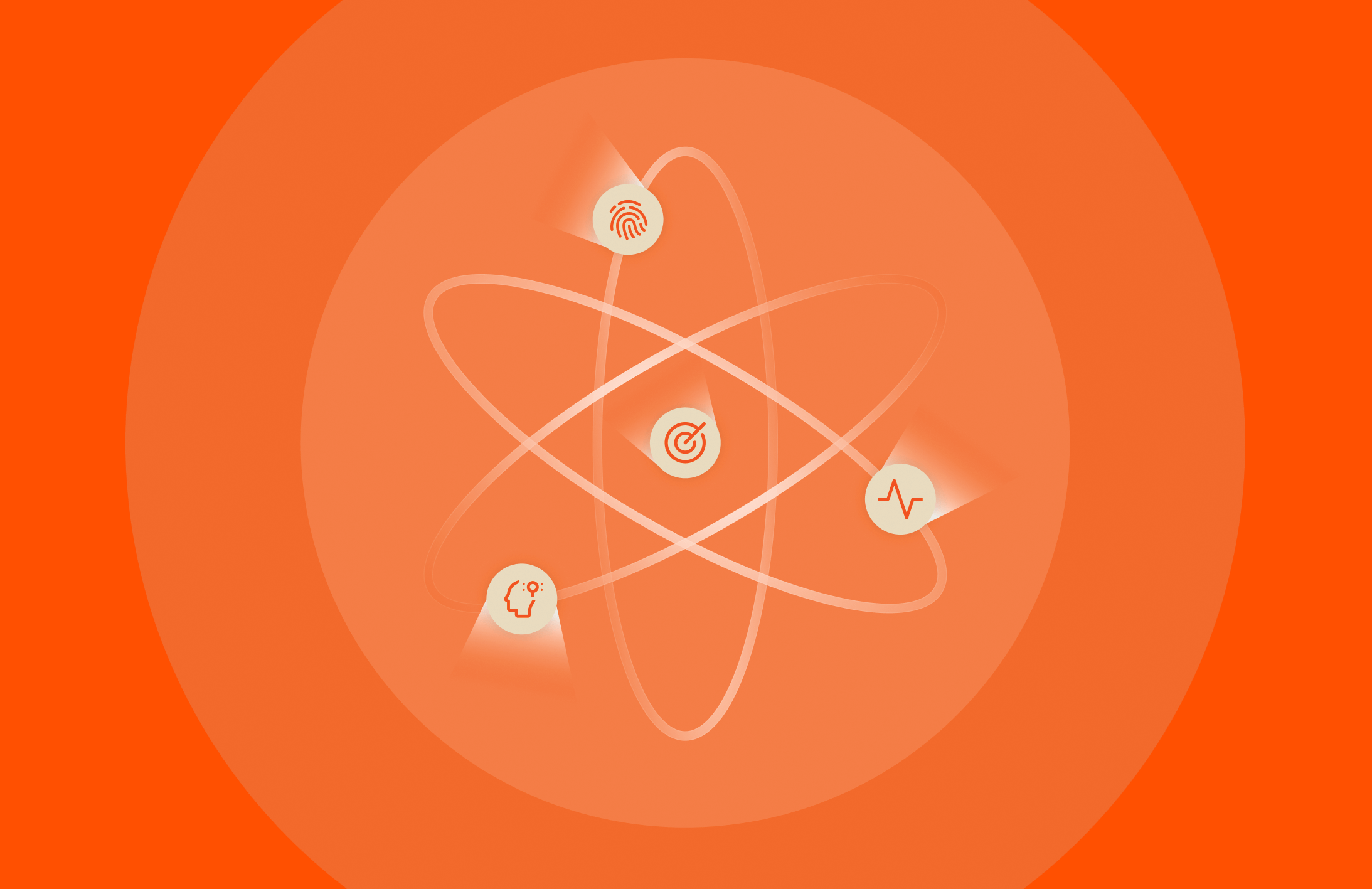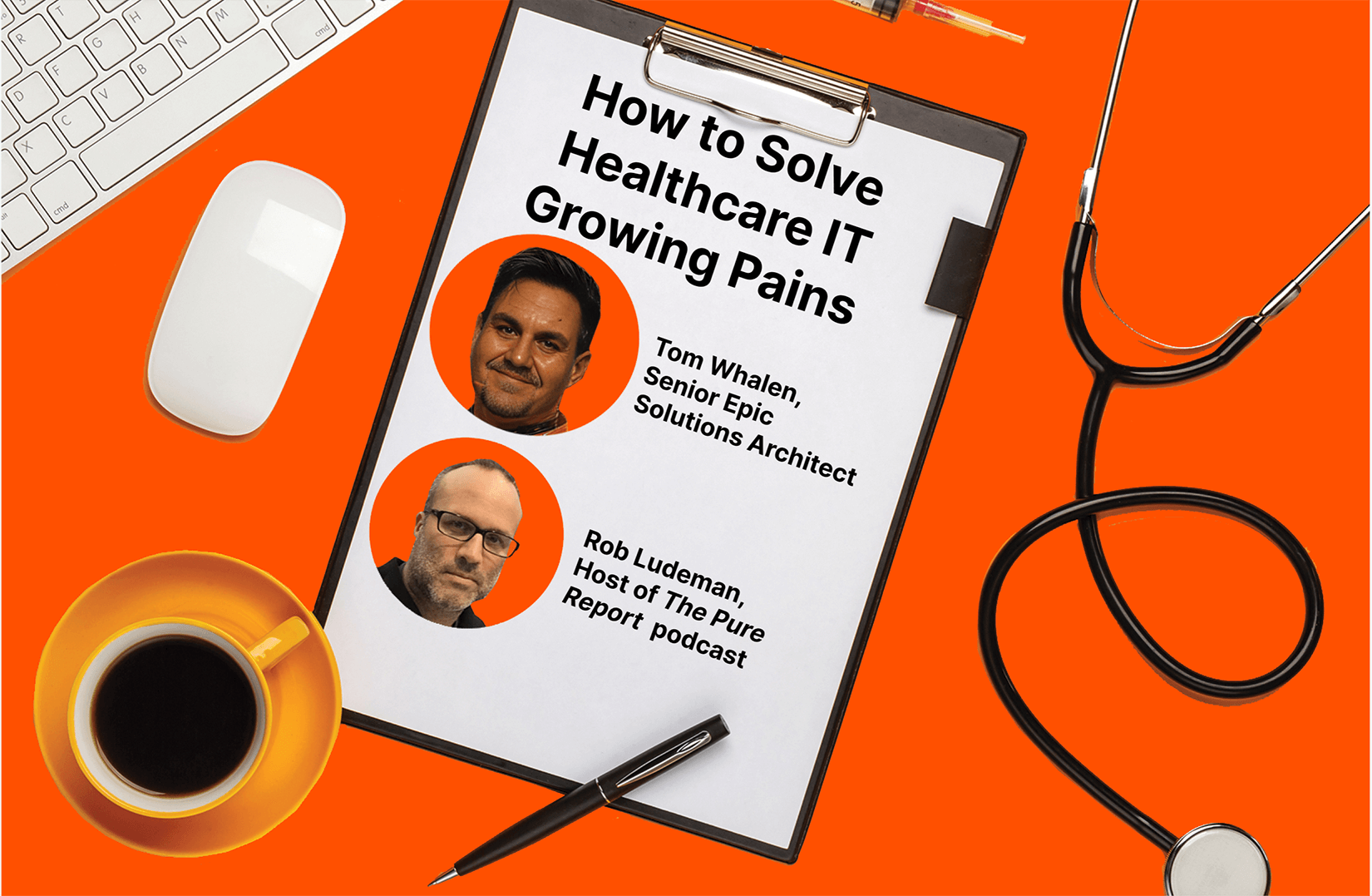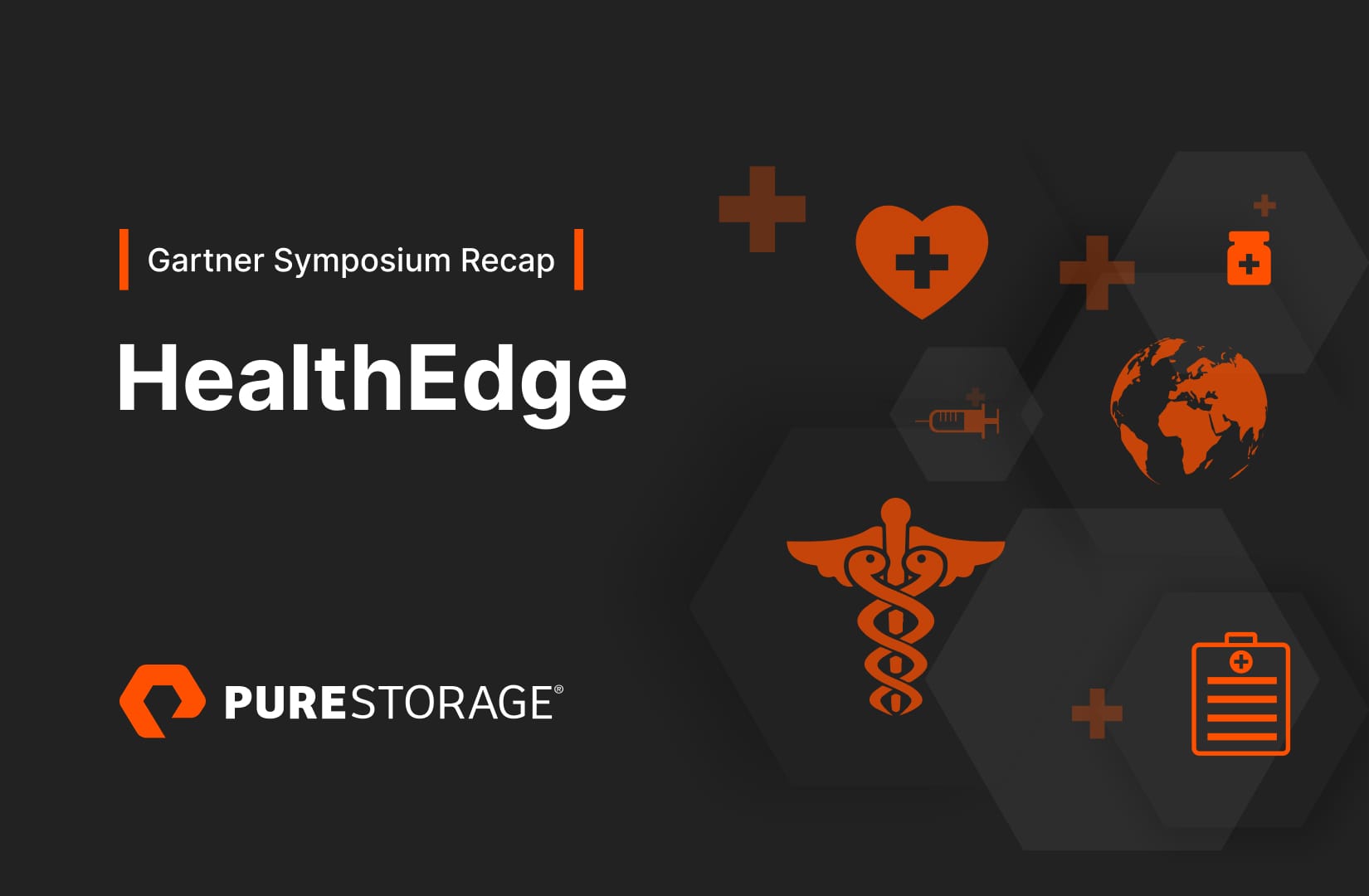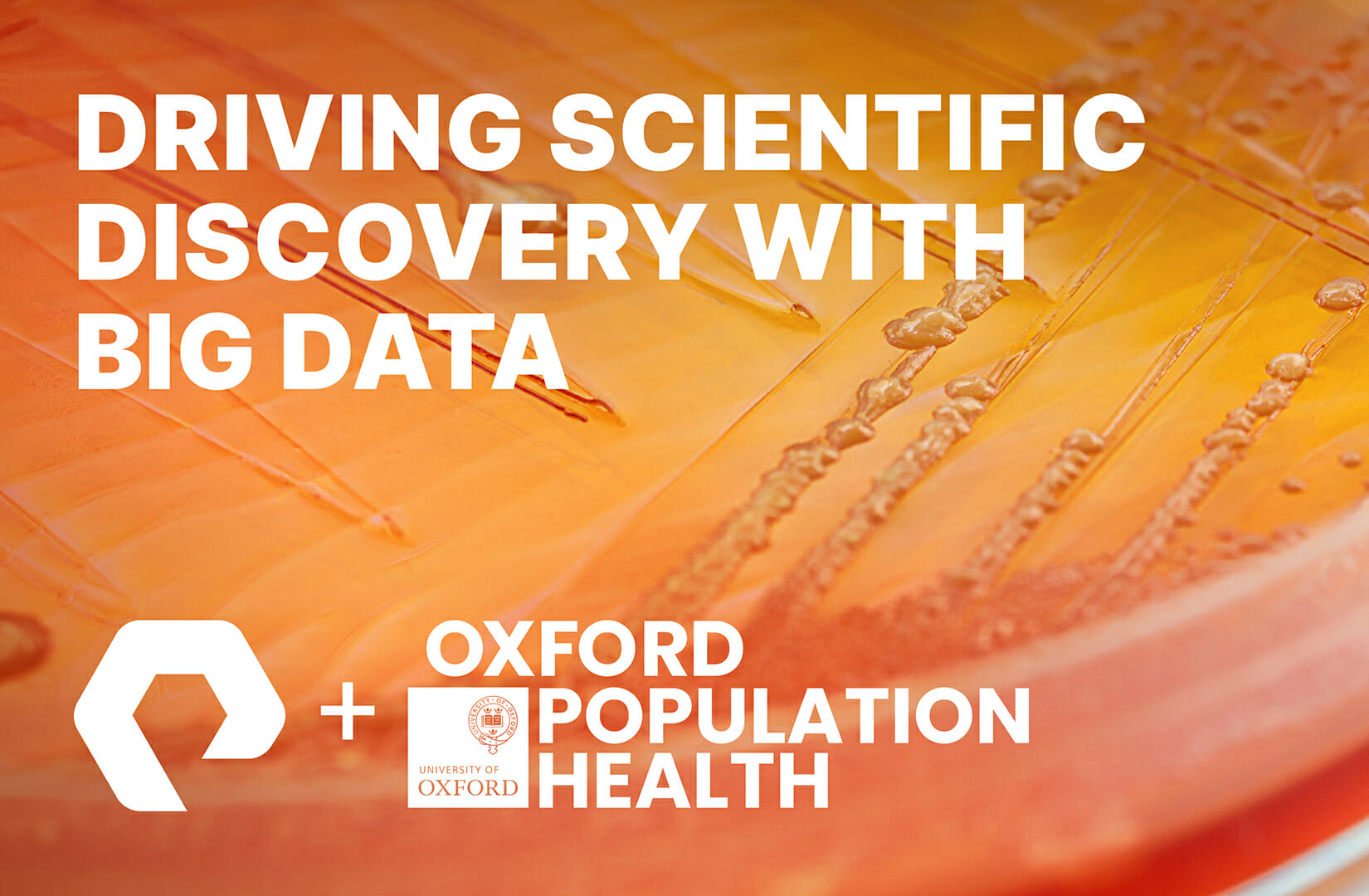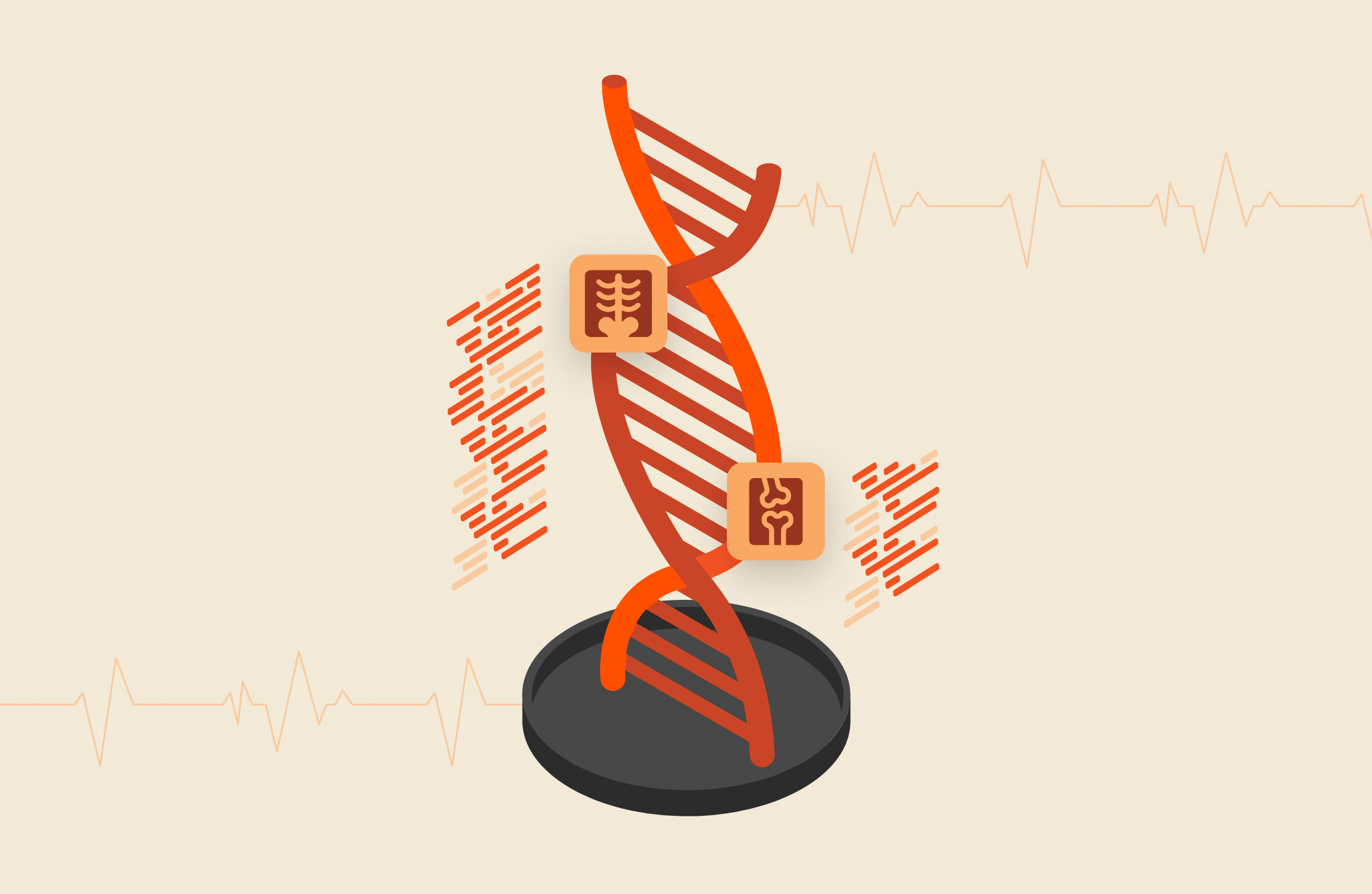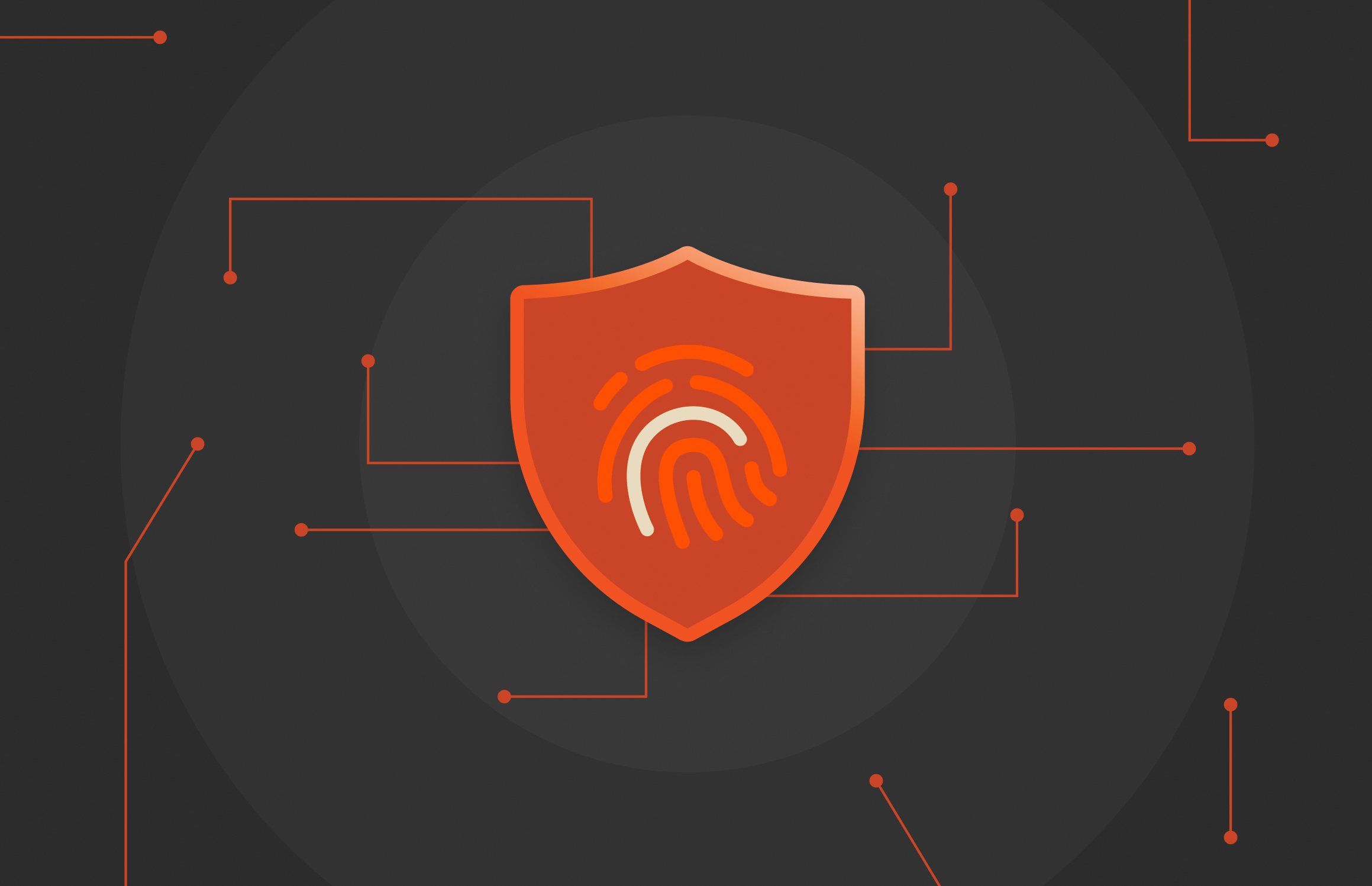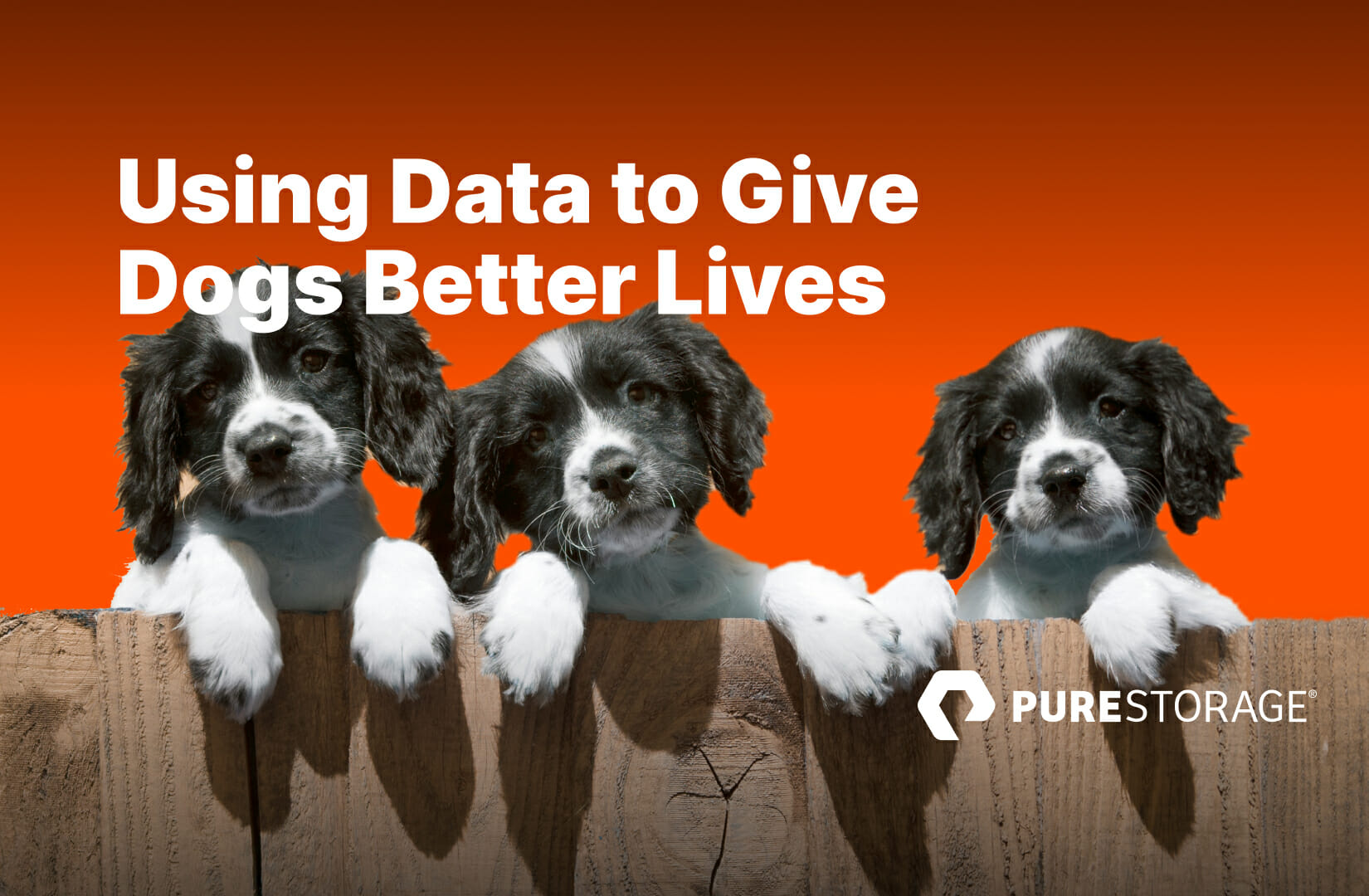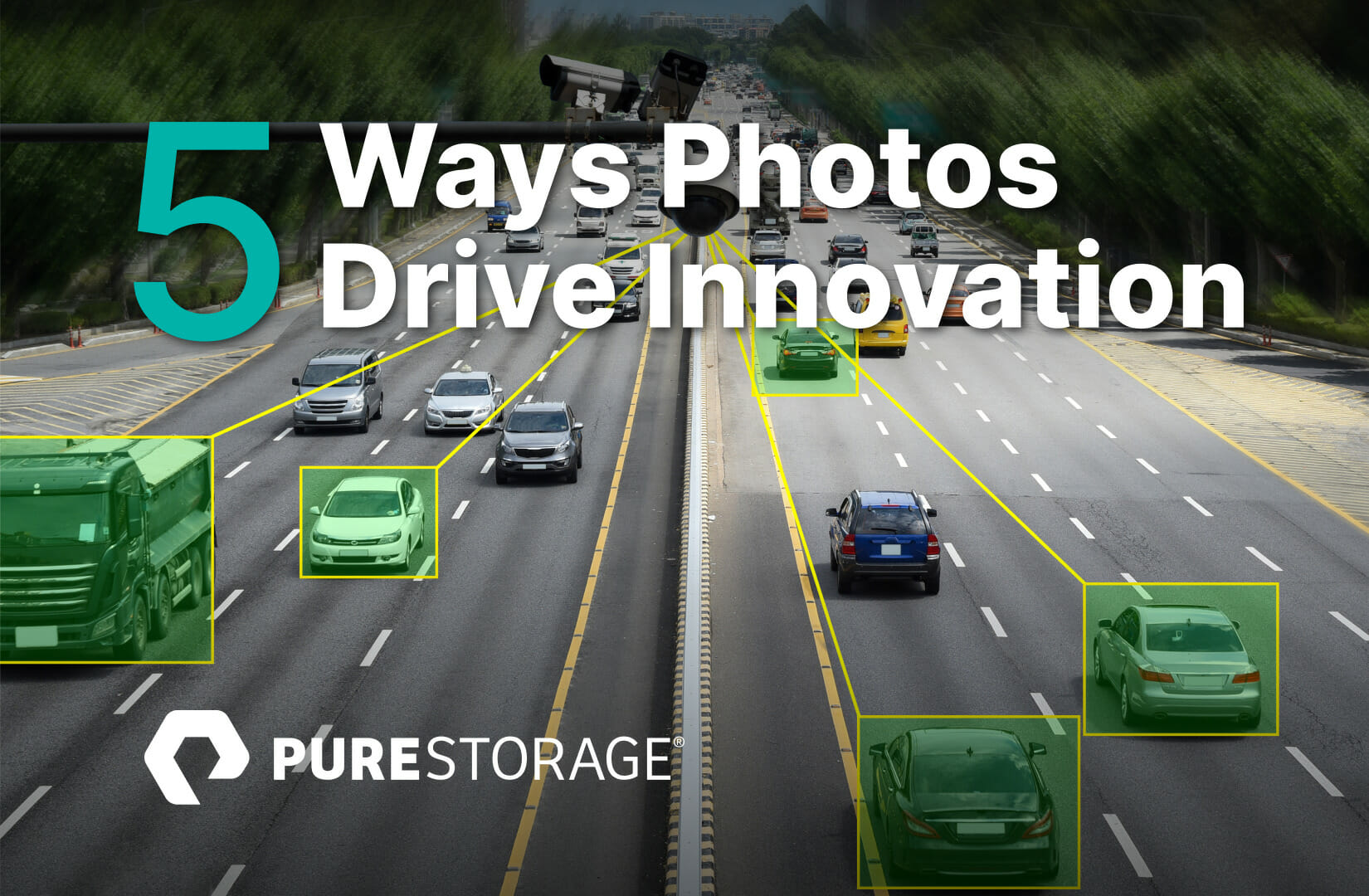Healthcare
The healthcare industry relies on fast, secure, and always-available data to power electronic health records (EHRs), medical imaging, AI-driven diagnostics, and research. Pure Storage delivers high-performance, scalable, and resilient storage solutions with FlashArray™ for clinical applications, FlashBlade® for genomics and analytics, and SafeMode™ snapshots for ransomware protection. Explore the blogs below to learn how Pure helps healthcare organizations manage critical data with speed and efficiency.
FlashBlade//EXA is a reflection not only of our innovation engine but our ability to innovate rapidly while staying true to our promise of simplicity, consistency, performance, and efficiency. It sets a new standard for AI and HPC data storage performance, scalability, and adaptability.
Charles Giancarlo
CEO

